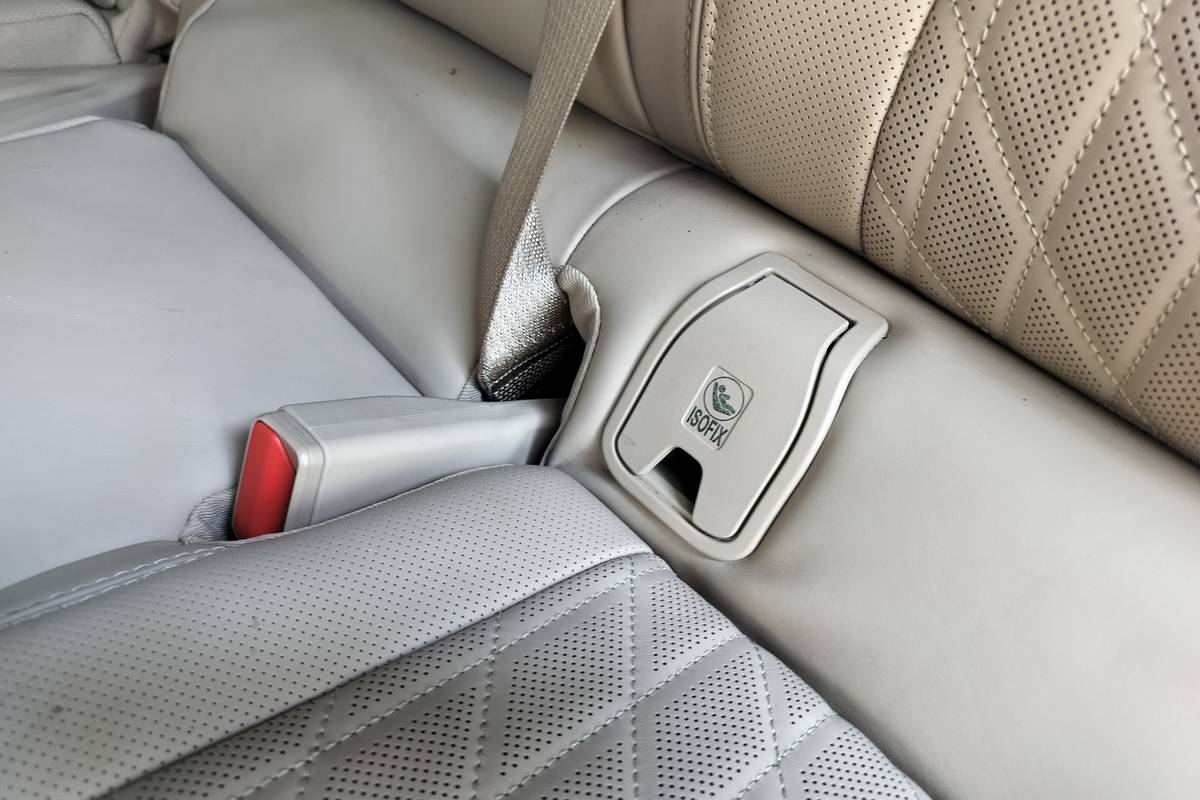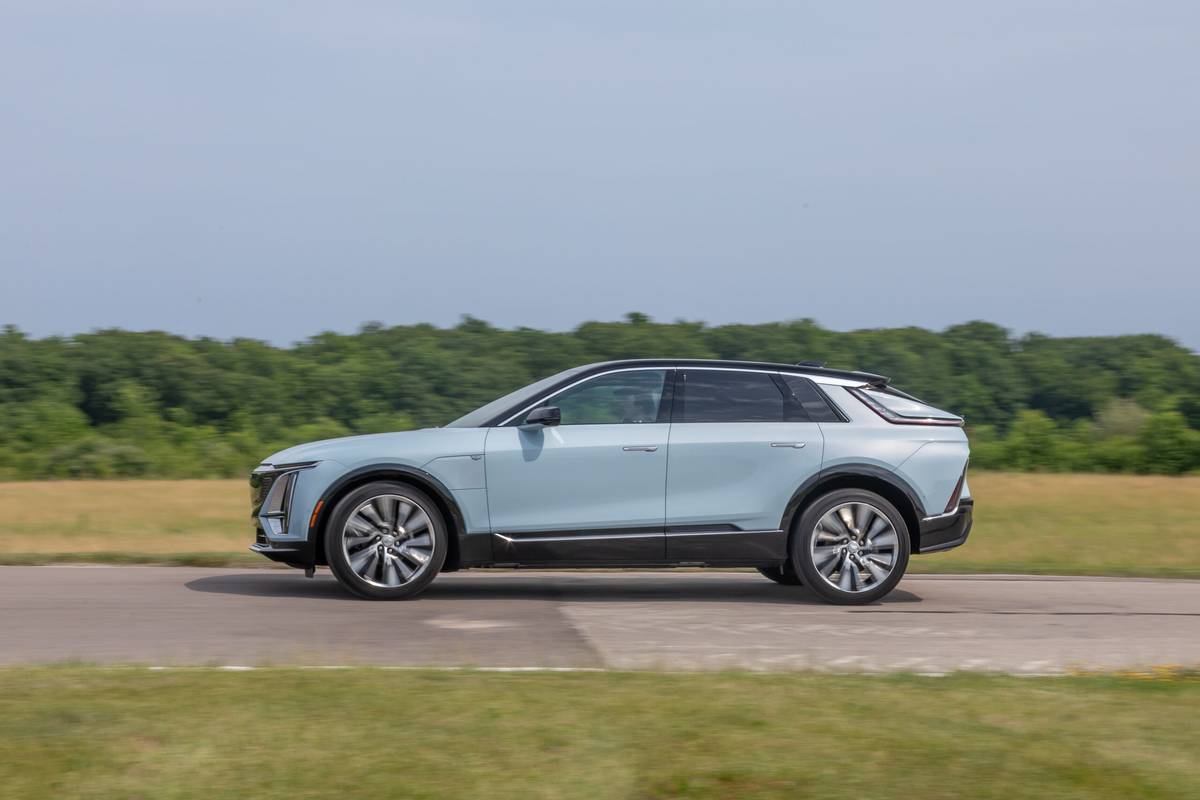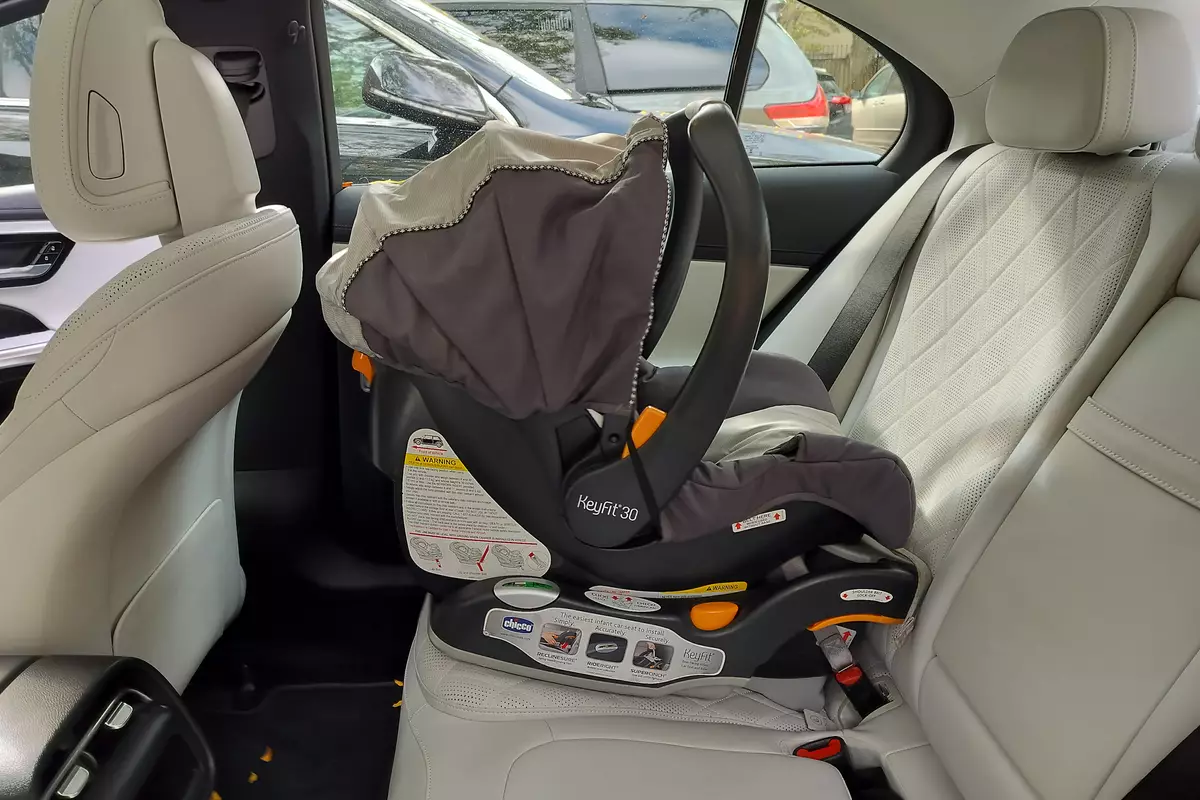Cincinnati.com's view
Following its established practice, BMW first introduced its new 3-Series sedan, the top seller, followed by the coupe, and now, finally, the convertible. I’m here to tell you, sun-worshippers, it was worth the wait. Not only is the new design gorgeous as a drop-top, it has 10 percent more interior room, making the two rear seating positions into something more than a package shelf, it is more luxuriously furnished and, best of all, cheaper – feature for feature – than its predecessor. Nice work, Munich.
The convertible paraphilia is an odd one, but those who suffer from it are willing to give up a bit of handling in exchange for the tonic effect of al fresco motoring. The 323ci convertible is indeed the worst-handling of the three 3-Series variants, the loss of the unifying steel top having a virtually unavoidable impact on structural rigidity. Nonetheless, the cloth-topped Bimmer still provides more sheer driving fun than 90 percent of the cars on the road. It helps to start with a platform that is almost beyond compare.
In addition to picking up some looseness when its head is shaved, the Bimmer adds a fair amount of weight when it replaces trunk space with all the bits and pieces required to raise and stow the ragtop, even allowing for the deletion of the metal carapace. A 323 coupe with manual transmission weighs 3,153 pounds; the convertible similarly geartrained, 3,560. Some of that is additional content, too – the convertible in its barest, $34,990 form, is no stripper.
The tester had the 5-speed manual. A five-speed automatic, with the Steptronic do-it-yourself option, is available for an extra $1,275. Were there more power available, it would be a compelling choice, for BMW makes a very “intelligent” box, but with this engine it costs more than a second in 0-60 time, according to factory tests. That would put acceleration into the ordinary range, which is very un-Bimmer. With the five-speed, I was able to achieve flat 8-second 0-60 dashes, which is pretty creditable for a smallish inline six.
The convertible (so far) is only available with the 2.5-liter – which puts the lie to the self-effacing numerical series designation – engine, but it is pure BMW. With twin cams, four valves per cylinder, 10.5:1 compression ratio and steplessly variable valve timing, it cranks out 170 hp (@5,500 rpm) and 181 foot-pounds of torque (@3,500). They could tweak it for a more glamorous horsepower number, but wisely chose to emphasize torque and flexibility over top-end potency.
Maybe next year the 2.8-liter mill will find its way into this car. Needless to say, with that kind of compression, it very much wants premium fuel. With its middling (but very respectable for a convertible) 0.35 drag coefficient and heft, it does quite a bit of hydrocarbon quaffing, too. EPA estimates are 19 mpg city, 25 highway. I think my 21.3 tally (obtained with top down most of the time, air conditioner decadentl y blasting away, and engine happily humming in the trans-4,000 range), would be fairly realistic.
The car performed quite ably on a murderous stretch of road, suffering only by comparison with its coupe – sedan sibs, which mastered the same stretch as if they were cast in one piece. A little vibration could be detected along with a tiny amount of flexing when I pushed it obnoxiously hard, and even on smooth freeways, there was an annoying vibration in the rearview mirror.
The test car had the optional sport package, which brings 17-inch alloy wheels to the party (replacing the standard, quite adequate 16-inchers), along with a beefier suspension and 10-way power front seats. Inasmuch as it generated no undue harshness, even with very low profile 225 – 45 performance tires mounted, I’d have to consider it a must-have. BMW has done a great job of tuning springs and shocks to somewhat unforgiving tires (the sidewalls are almost ridiculously thin).
The payof mes in the immediate, crisp response to steering inputs, without the usual sensation of the tires requiring a few milliseconds to take a set before reorienting the vehicle. Like its coupe and sedan brethren, the convert drives its rear wheels and benefits from near-perfect (50.5:49.5) front-rear weight distribution. There’s really not so much twisting force that you’d have to worry much about breaking the rear tires loose, but BMW provides its All-Season Traction and Dynamic Stability Control insurance anyway. These use motion sensors to keep all wheels turning at pretty much the same speed (via both engine management and selective braking), regardless of the stresses to which the driver is subjecting the car. They’ll certainly come in handy on slick surfaces, and can be defeated with the push of a button when one wants the rear end to come around a bit in a turn, which should only be done on a closed course, as they say in the commercials. (Wink.)
The tester had the fully-automatic top option, which frees the merry motorist from the awful chore of unlatching – latching the top and lowering the side windows. With this extra, all one does is hold in a dash-mounted button for 20 seconds and watch the show. The top stores neatly under a rigid, flush cover. I thought the coolest feature was how, when goofing off, I stopped it partway down, and it lowered itself anyway in several short stages to prevent the possibility of someone running afoul of the mechanism.
The top now has a glass rear window, complete with defroster wires. When up, it makes the interior somewhat claustrophobia-inducing, and severely limits rearward visibility. But, being of several layers, it keeps outside commotion at bay and there was never even a ripple at freeway speeds. Interior noise at 70 mph over concrete was on the high side of moderate, with the top sealed.
I was surprised at how well BMW has managed the laminar flow of air; even though the point on my head projected well above the top of the windshield frame, it was not subjected to the usual buffeting. Apparently the air is being directed up and over. Neither was there much turbulence inside the car, even at 70, although I still wouldn’t be too cavalier about not securing light objects.
The 323ci cleverly uses the antilock – DSC wheel sensors to monitor tire pressure. If a tire loses a few pounds, its diameter decreases and it turns faster than its mates in steady cruising. The driver is alerted to this with a warning light. On a car so well set up, even a couple of pounds’ disparity can make a difference, so that’s a useful adjunct.
Sensors can also detect a rollover incident. When they do, a roll bar instantly pops out of the rear seats to roof height. The 323ci has both front and side air bags. The brakes are exemplary. Large, ventilated discs fore and aft, with antilock backup, they stopped the car in impressively short distances and showed no sign of fade, whil e giving firm, easily regulated pedal feel.
The 10-speaker standard AM-FM-cassette stereo was unusually clear and potent enough to come through nicely in top-down cruising.
The 323ci choptop is assembled in Regensburg, Germany, with meticulous attention to fit and finish issues.
The 323ci ragtop starts at $34,990. The tester also had a custom steel blue metallic paint job ($475); leather seating ($1,450); the sport package discussed above ($1,200); a “premium package,” fully-automatic top, myrtlewood trim, auto-dimming rearview mirror and universal remote garage door opener ($1,400); heated front seats ($500) and CD deck ($200). With freight, the toll came to $40,785. Payments on that very chariot would run $820 a month if you lay down 20 percent, get a 10 percent rate and make 48 payments.
“The Gannett News Service”
Latest news



